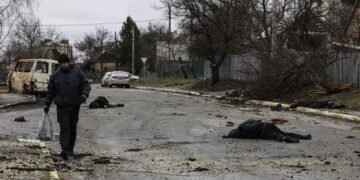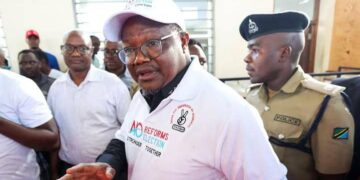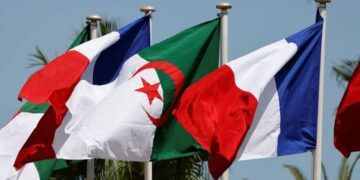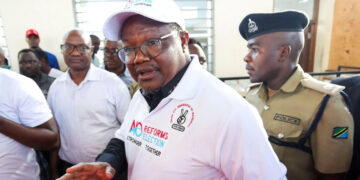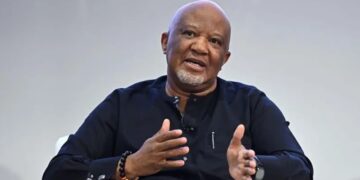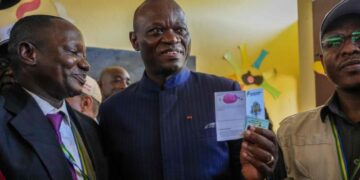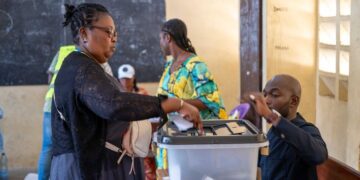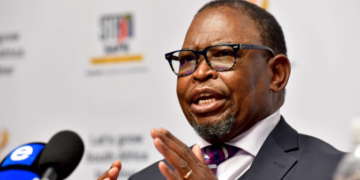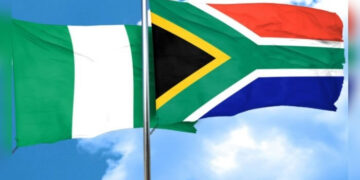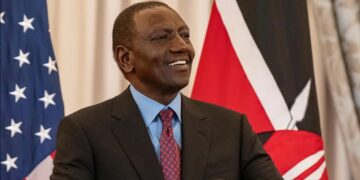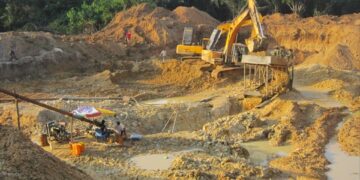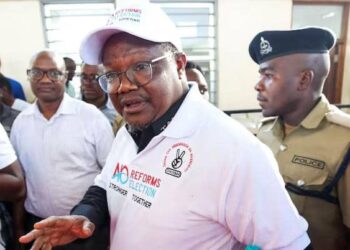The bodies are strewn across the quiet tree-lined street in the town of Bucha as far as the eye can see.
All 20 are in civilian clothing, and all have their different poses in death. Some lie with sightless eyes staring at Ukraine’s overcast sky, some lie face down on the tarmac.
Three of them are tangled up in bicycles after taking their final ride, while others, with waxy skin, have fallen next to bullet-ridden and crushed cars. One has his hands tied behind his back with a white cloth, and his Ukrainian passport left open beside his corpse said AFP journalists who accessed the town.
Another lies next to a yellow hoarding spray-painted with happy and sad emojis and the words “Live Fast”.
Russia’s hasty retreat from its occupation of the region around Kyiv is revealing fresh devastation by the day.
“All these people were shot, killed, in the back of the head,” mayor Anatoly Fedoruk told AFP.
Another 280 people have been buried in mass graves in Bucha while the bodies of whole families still lie in shot-up cars, he said.
Surrounded by the pine forests that stretch up to Belarus, Bucha was a picture of sleepy suburbia northwest of the Ukrainian capital until the Russian invasion.
A month of fierce battles in towns like Bucha and nearby Irpin prevented Moscow’s forces from encircling Kyiv some 25 kilometres (14 miles) away.
Gaping holes from shell explosions can be seen in building after building, while crushed cars litter the streets, said the AFP team who reached Bucha after it had been closed off from the world for nearly a month.
Supermarkets, cafes and houses are burned or destroyed, a church roof damaged. Only a McDonald’s has seemingly escaped untouched. Bodies lie randomly around the town: outside a railway station, by the side of a road.
But the violence that came to this one street appears to be more systematic.
The victims, all of whom appeared to be men, are scattered over several hundred metres of debris-strewn tarmac. Sixteen of the 20 corpses were lying either on the pavement or by the verge. Three were sprawled in the middle of the road, and another lay on his side in the courtyard of a destroyed house
Some lie in groups, like the two men lying face up in a puddle next to each other, one in a green parka and the other in a black jacket. Others died alone. The cyclist with orange gloves and a black balaclava lying on his side with his bike on top of him, as if he has fallen and cannot get back up.
However, all were wearing civilian clothes winter coats, jackets or tracksuit tops, jeans or jogging bottoms, and trainers or boots.
